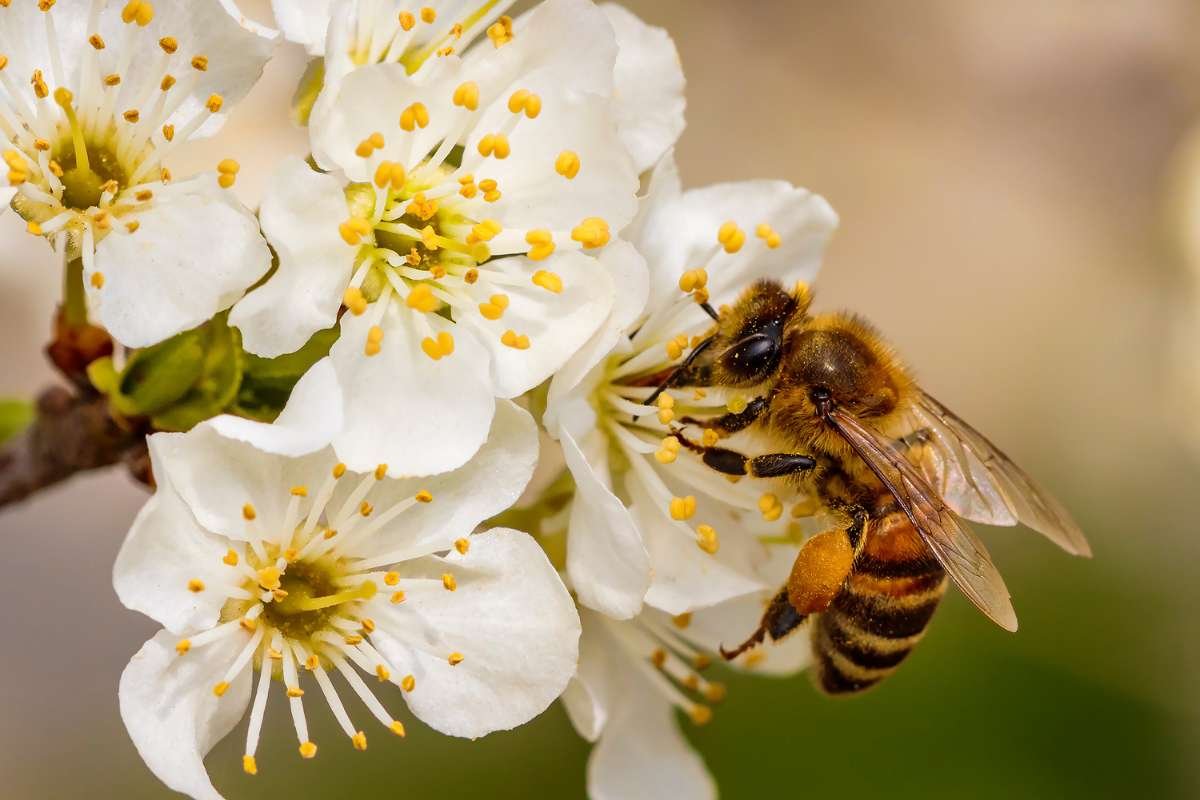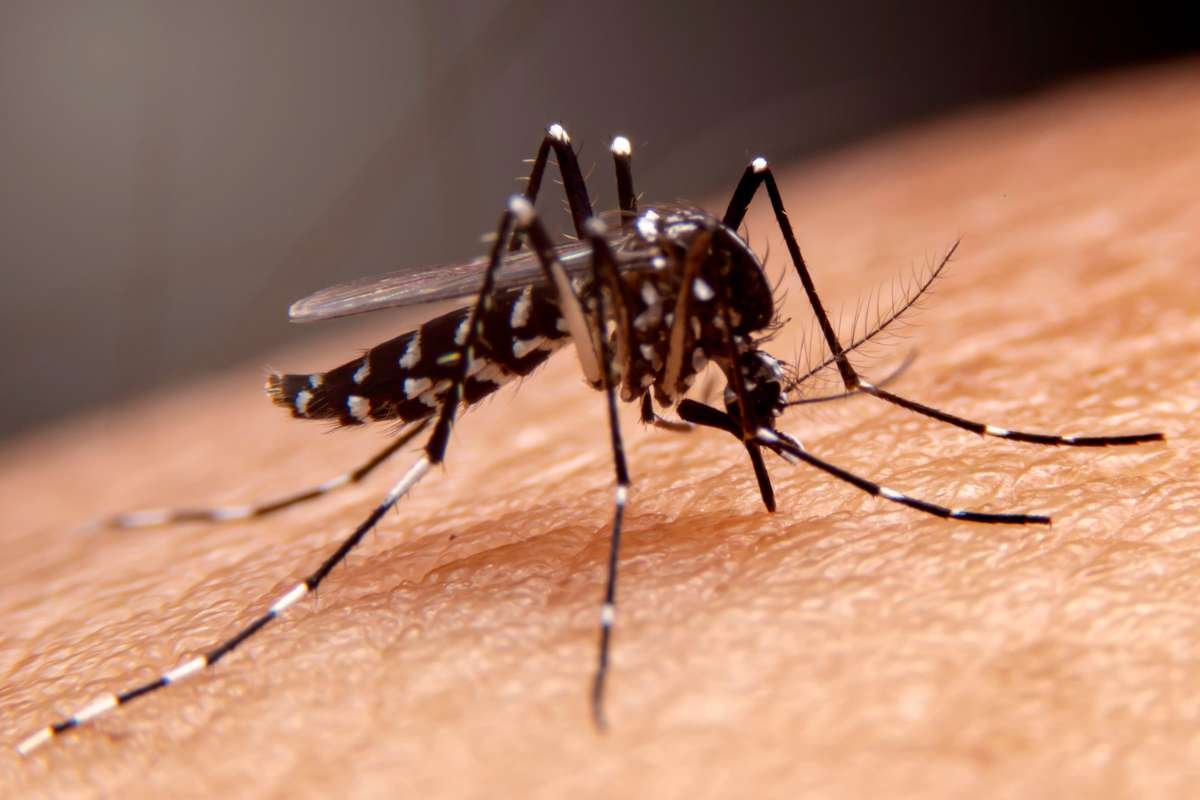In a fascinating breakthrough, scientists have discovered that certain plants can detect the buzzing of bees and respond by producing more nectar with a higher sugar content. The research, led by Professor Francesca Barbero from the University of Turin, suggests that plants play a more active role in their relationship with pollinators than previously assumed. The findings indicate that plants may boost nectar output when they recognize the sound patterns of specific bees, a strategy that could enhance their chances of successful pollination.
“There is growing evidence that both insects and plants can sense and produce, or transmit, vibro-acoustic signals,” said Prof Barbero. This response could help plants prioritize nectar production for pollinators that provide reproductive benefits, as opposed to nectar robbers who take nectar without contributing to pollination. The study adds to the growing understanding of the ways plants can perceive and react to environmental cues, including sound, temperature, drought, and the presence of insects.
Vibrations Trigger Genetic and Chemical Changes
To test how plants respond to sound, researchers conducted an experiment on snapdragon flowers. They exposed the plants to recordings of the buzzing of bees from snail-shell bees (Rhodanthidium sticticum), a species known to be efficient snapdragon pollinators. These were compared to sounds made by non-pollinating wasps and general ambient noise. The snapdragons exposed to bee buzzing not only increased the amount of nectar they produced but also enhanced their sugar content.
The team found that these changes were accompanied by shifts in gene expression related to sugar transport and nectar production. This suggests a possible evolutionary adaptation by plants to entice beneficial pollinators to linger longer, increasing the likelihood of pollination. “The ability to discriminate approaching pollinators based on their distinctive vibro-acoustic signals could be an adaptive strategy for plants,” Barbero explained.
While it is still unclear exactly how plants “hear” these sounds, researchers believe they may be using mechanoreceptors, specialized cells that respond to vibrations and mechanical stimulation. Despite lacking a nervous system or brain, plants demonstrate an ability to sense and respond to complex environmental signals.
Future Potential for Eco-Friendly Pollination Boost
Looking ahead, scientists believe this discovery could be harnessed in agriculture. Playing pollinator-like buzzing sounds, such as the buzzing of bees, near crops could serve as an environmentally friendly technique to stimulate nectar production and improve pollination efficiency. The team is currently studying whether the changes in nectar content preferentially attract pollinators like the snail-shell bee or if they also appeal to nectar robbers.
“Our hypothesis is that the changes in nectar we observed after treating the plants with the sounds of the best pollinators specifically increase the attraction of this particular species,” said Barbero. To validate this, further testing is needed to assess how different nectar concentrations influence the preferences of various insects.
The findings were presented at the joint 188th Meeting of the Acoustical Society of America and the 25th International Congress on Acoustics in New Orleans, highlighting a potentially groundbreaking way to enhance pollination without chemicals by mimicking the buzzing of bees using sound.
Explore more news in our The Lifesciences Magazine.







